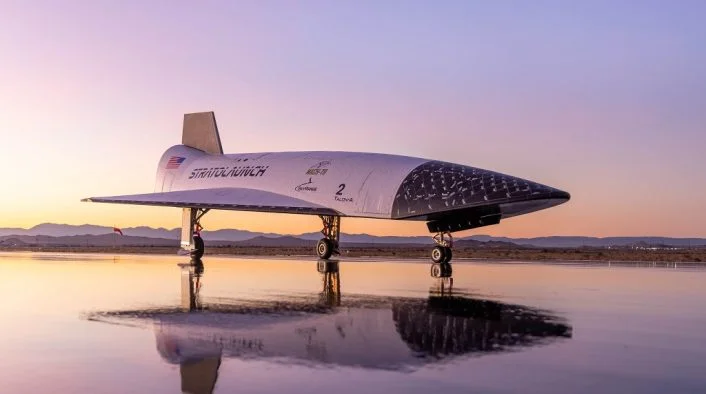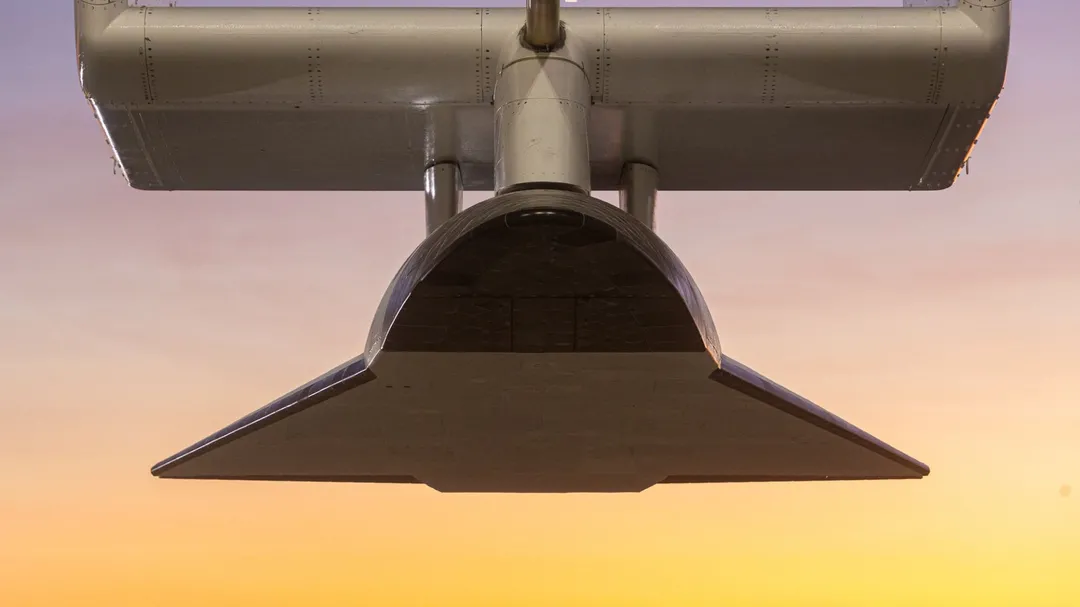
Hypersonic Flight Heats Up: Stratolaunch Achieves Reusable Milestone, Northrop Grumman Navigates the Future
The race for hypersonic technology is accelerating, with Stratolaunch and Northrop Grumman announcing significant breakthroughs. Stratolaunch marked its second successful hypersonic flight of the Talon-A2 autonomous vehicle on March 24th, showcasing the potential for reusable hypersonic aircraft. This follows their initial hypersonic flight in December 2024, signaling a pivotal moment in America's return to this advanced aerospace realm. Meanwhile, Northrop Grumman has successfully tested its Inertial Measurement Unit (IMU), a critical component for hypersonic vehicles to navigate without GPS, further bolstering the U.S.'s capabilities in this domain. These advancements highlight the renewed urgency and investment in hypersonic development, aiming to close the gap with competitors like China.

Stratolaunch’s achievement is particularly noteworthy. Their Talon-A2 vehicle, launched from the massive dual-fuselage aircraft "Roc"—boasting a 385-foot wingspan—demonstrated a smooth runway recovery at Vandenberg Space Force Base after reaching speeds of Mach 5 and beyond. According to Dr. Zachary Krevor, President and CEO of Stratolaunch, data from this second flight will be used to further enhance the performance of the Talon-A vehicles and validates the design's robustness and full range of desired capabilities. The company plans to introduce the Talon-A3, a new generation vehicle set for testing by late 2025, deployed from a Boeing 747-400 named "Spirit of Mojave", signaling continuous innovation in their air-launch platform.

Northrop Grumman's contribution addresses a crucial challenge in hypersonic flight: navigation in the absence of GPS. Their Advanced Hypersonic Technology IMU allows high-speed systems to navigate and maneuver effectively, even when GPS is unavailable due to weather, terrain, or enemy interference. Jonathan Green, Northrop’s chief technology officer emphasized that the IMU met all its goals and that it survived throughout the first flight test. The system utilizes advanced sensors to calculate the vehicle's position and trajectory, ensuring accurate navigation under extreme conditions. Developed from space-based inertial navigation technology, this IMU is repackaged to withstand the harsh environment of Mach 5 flight.

These developments represent a significant leap forward for the U.S. in the hypersonic weapons race. After decades since the X-15 program, Stratolaunch's reusable aircraft brings America back to hypersonic test flights and Northrop Grumman's navigation breakthrough addresses critical reliability challenges. The partnership between companies like Stratolaunch and Northrop Grumman highlights the importance of ongoing testing and refinement in this high-stakes technology sector, with the country aiming to overcome China's early lead in the hypersonic domain.
What implications will these advancements have on the future of aerospace and defense? Share your thoughts and predictions in the comments below!